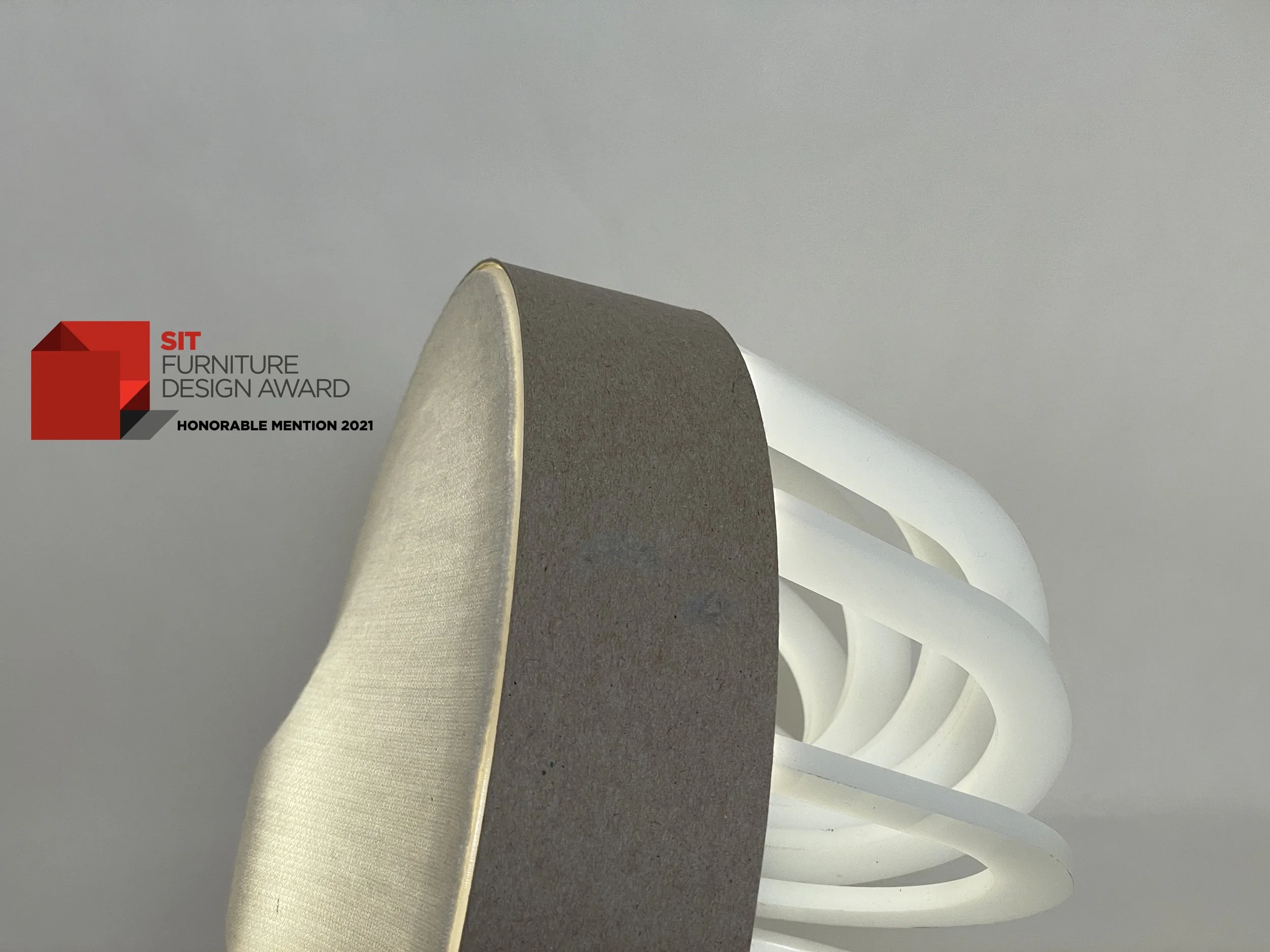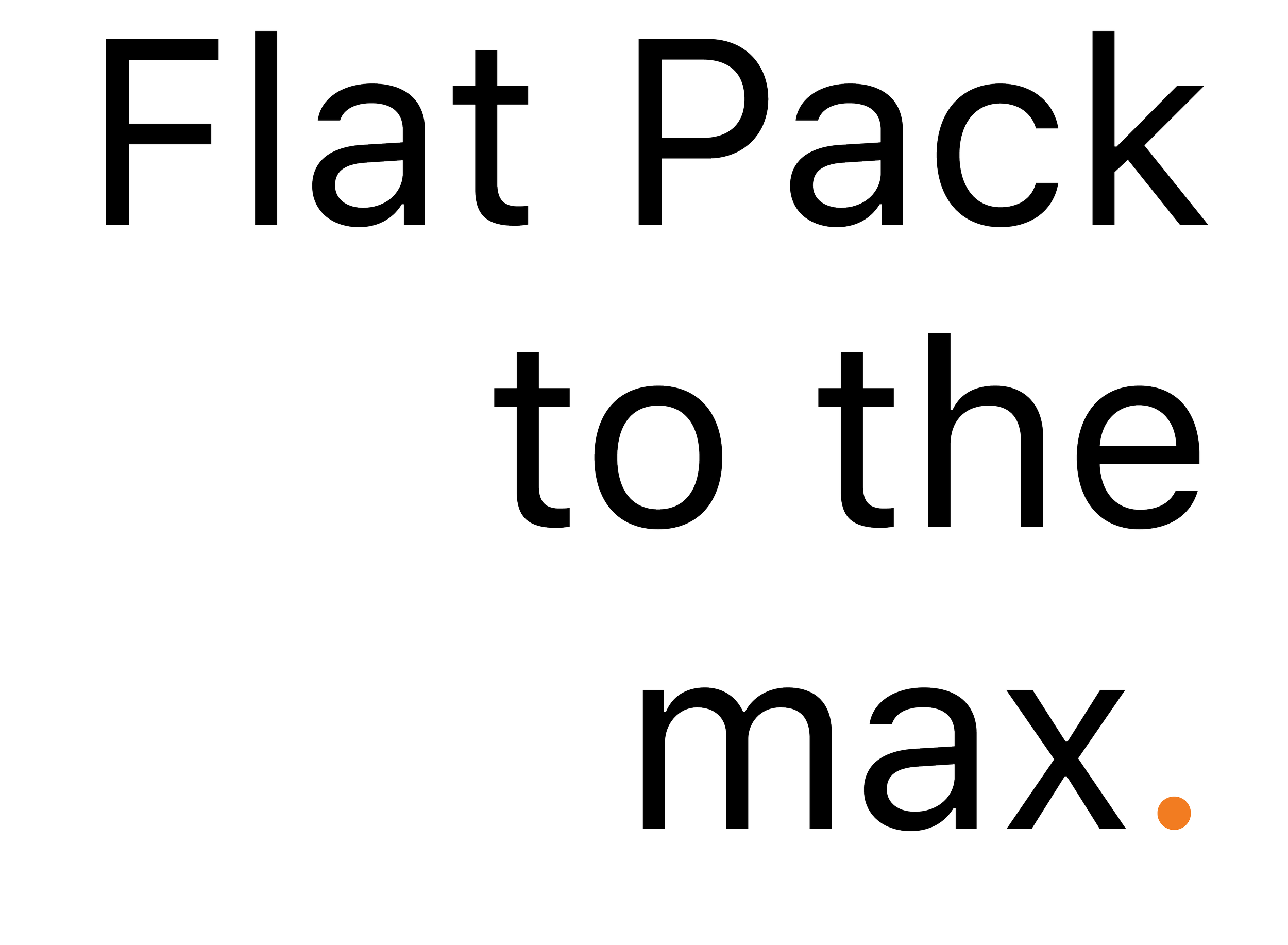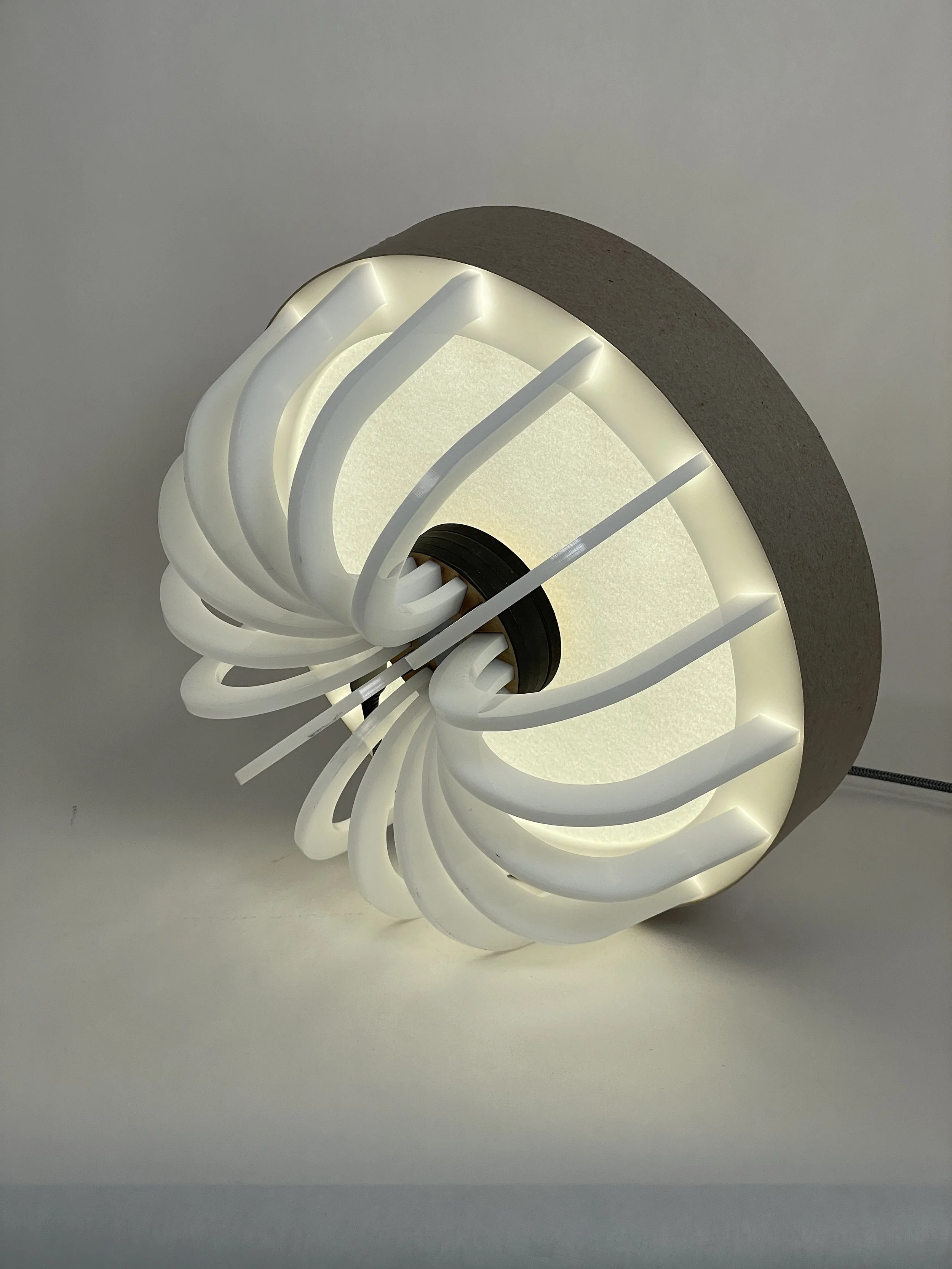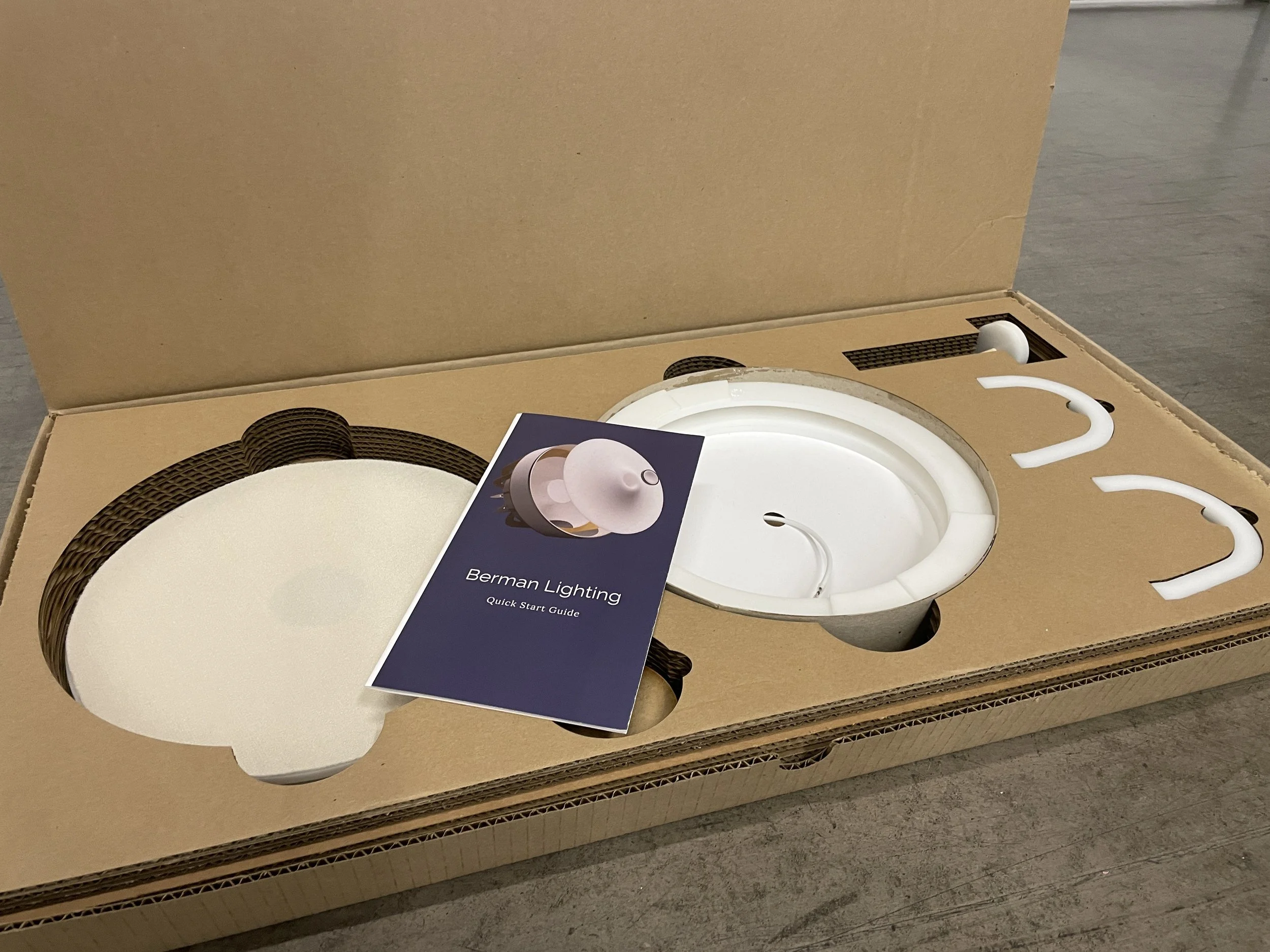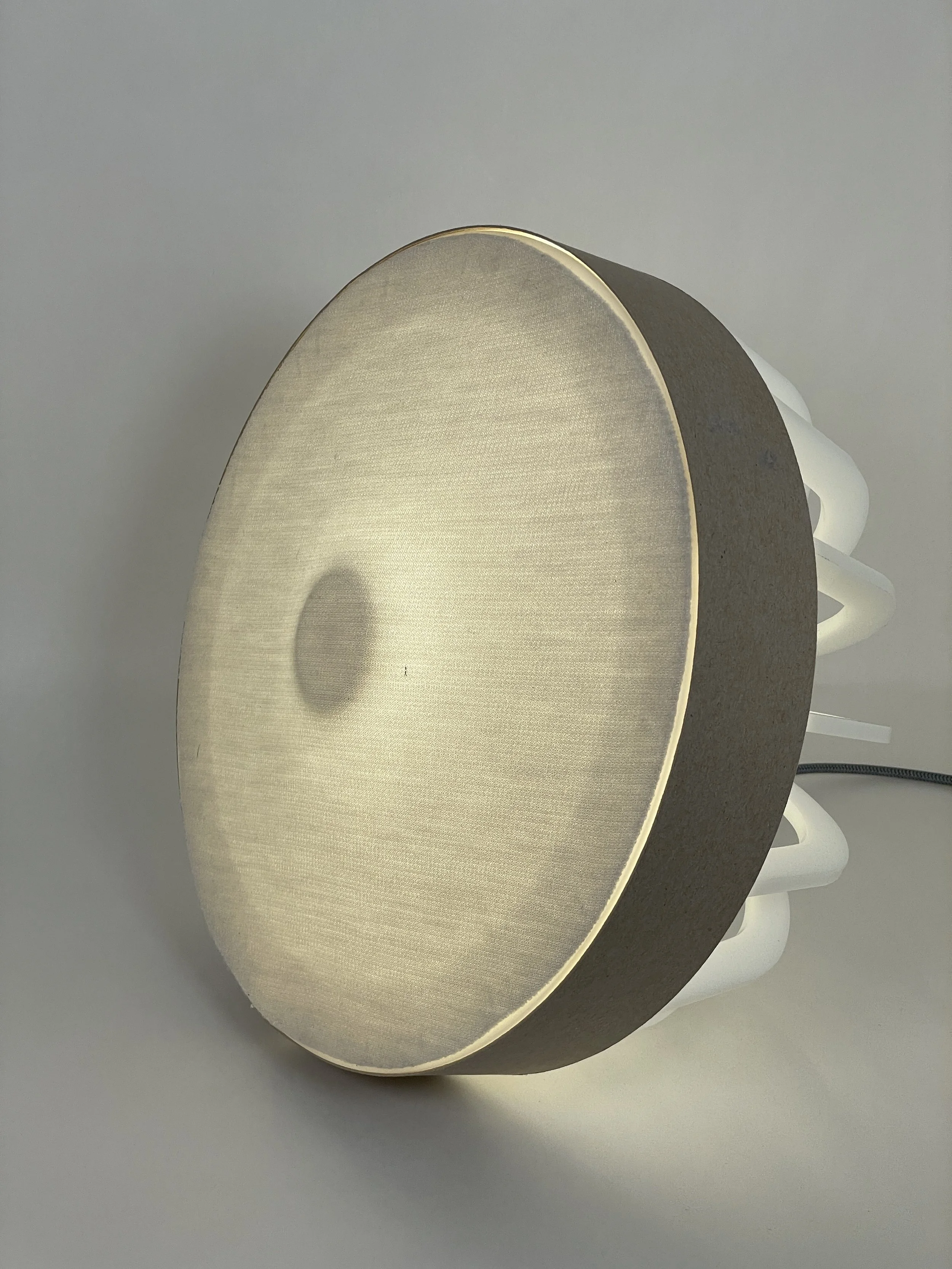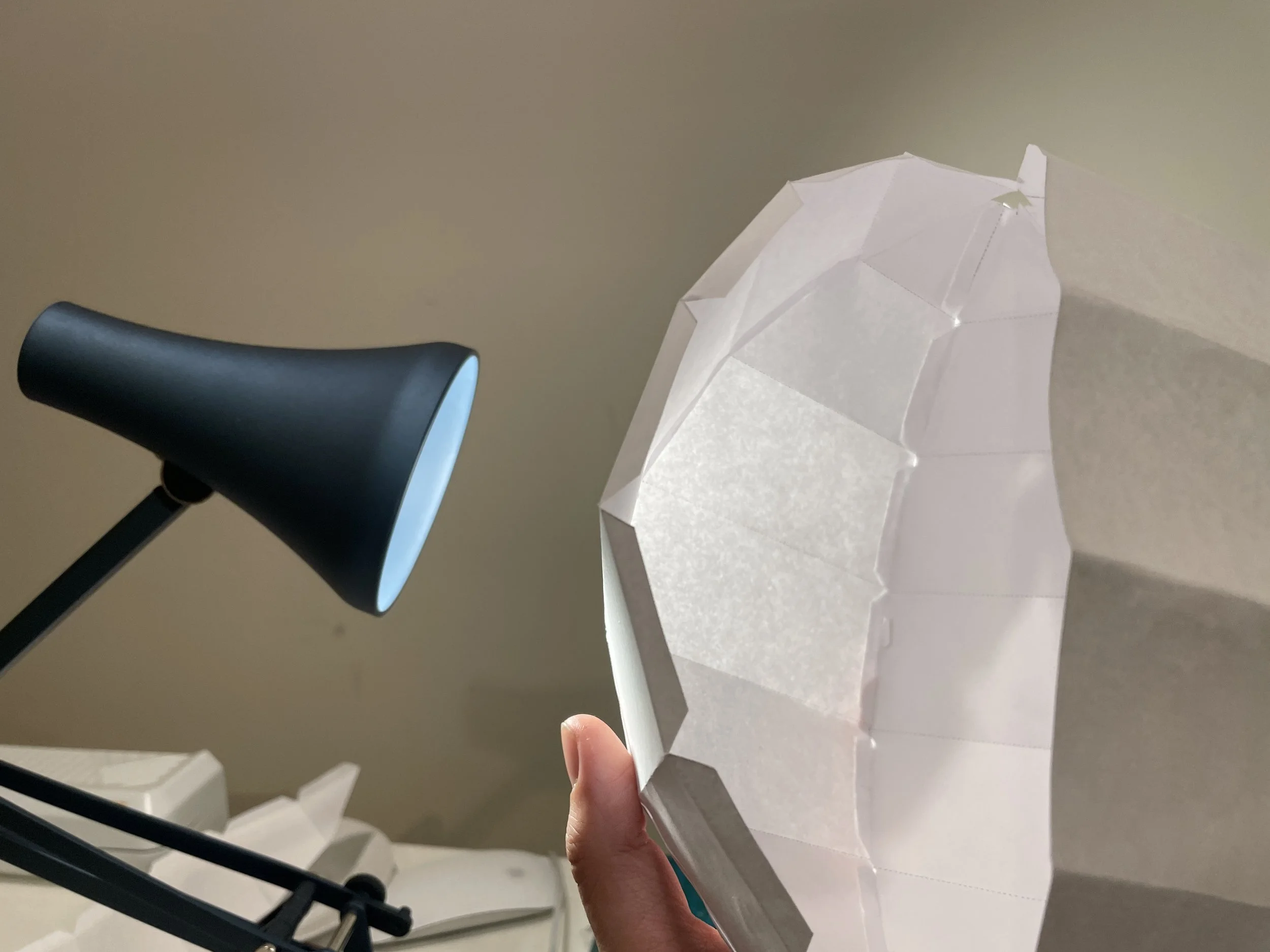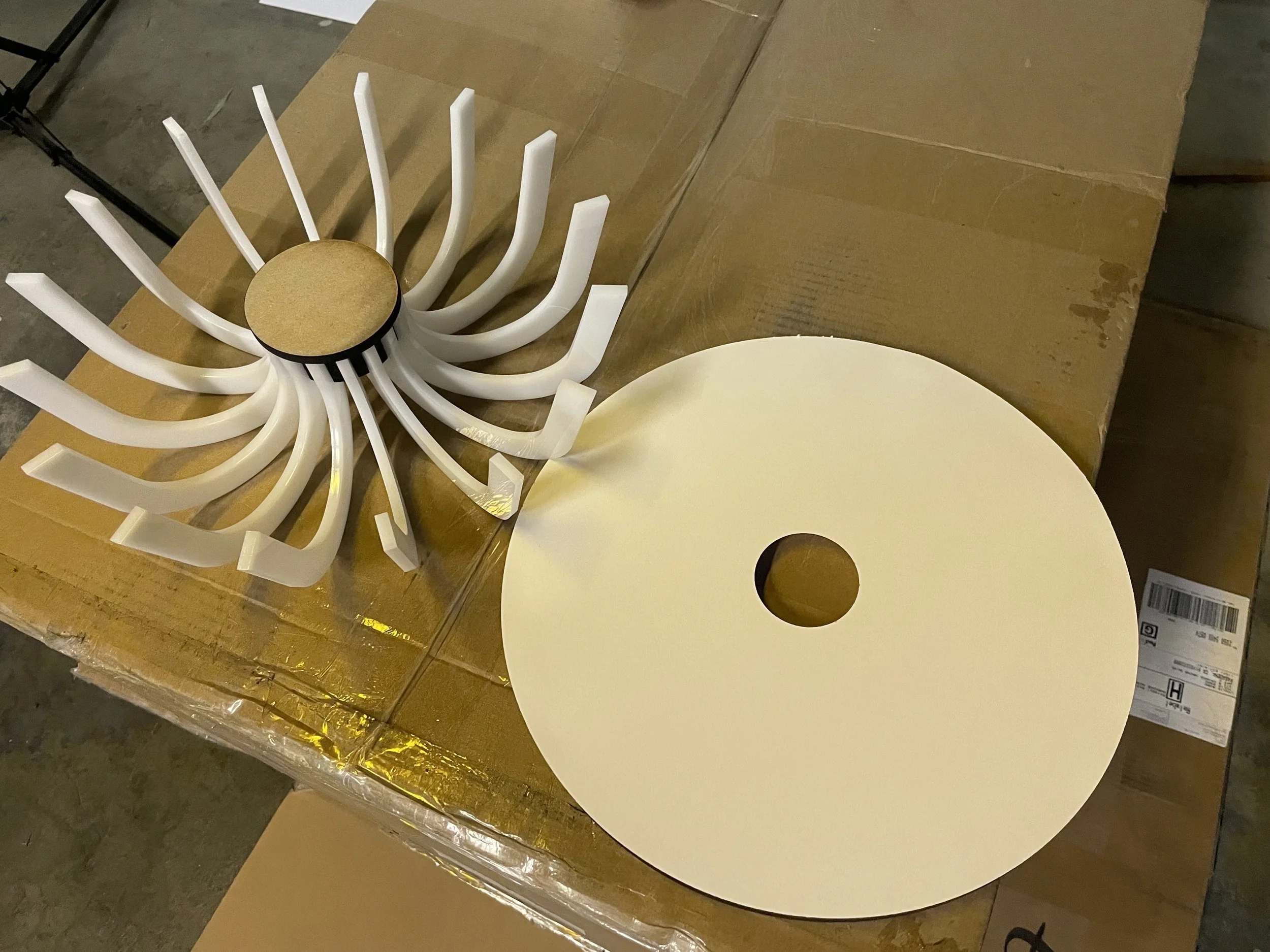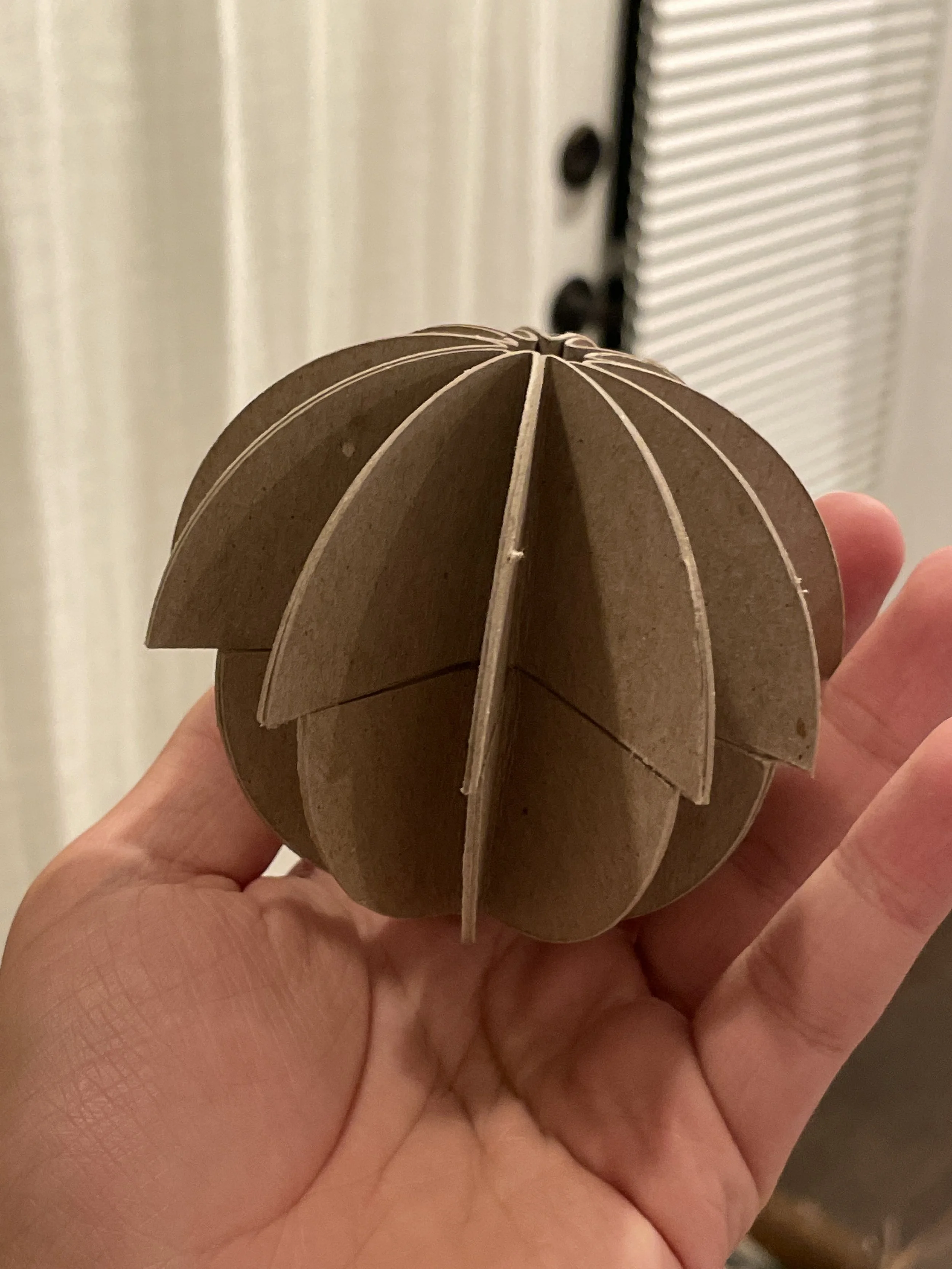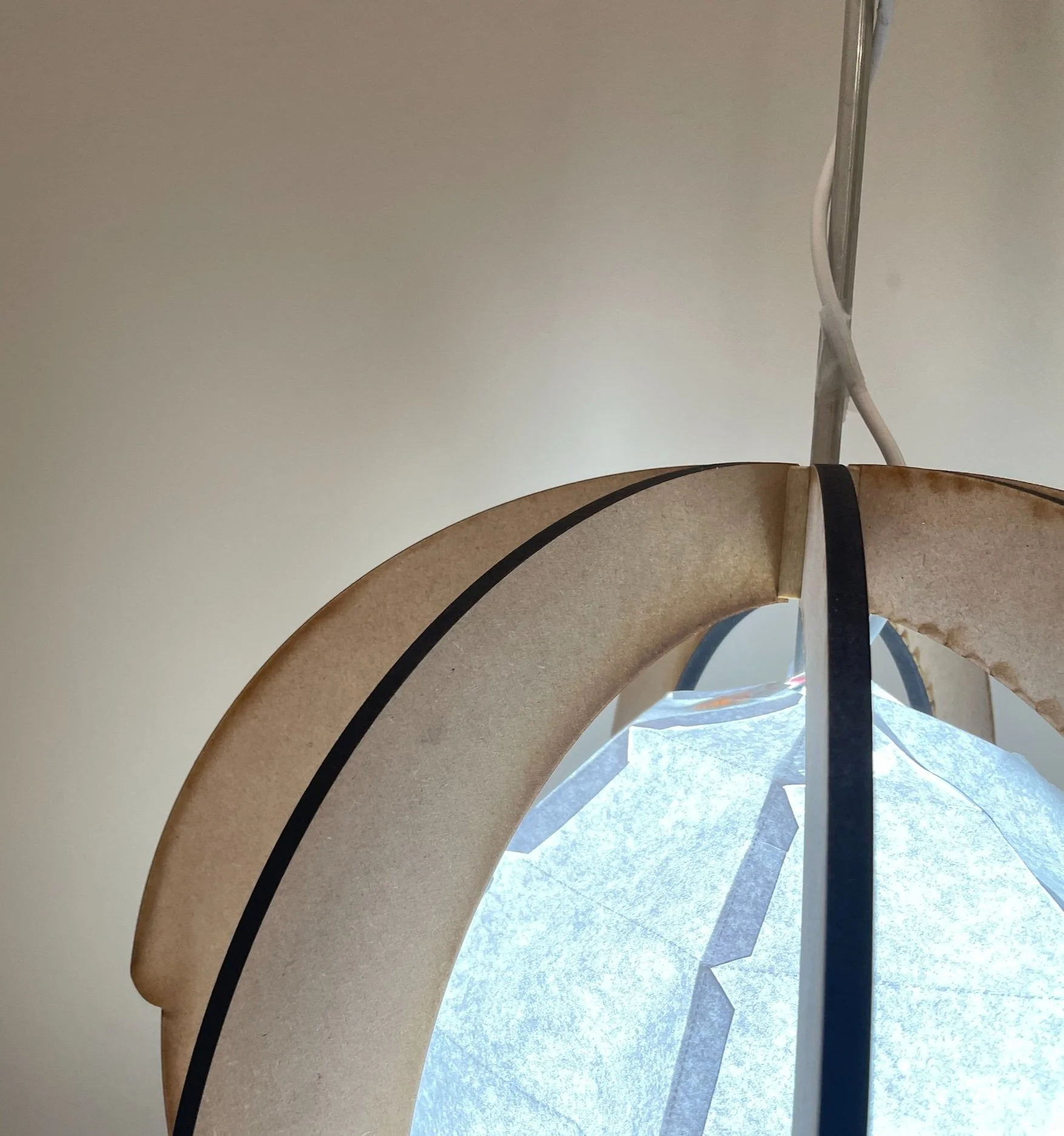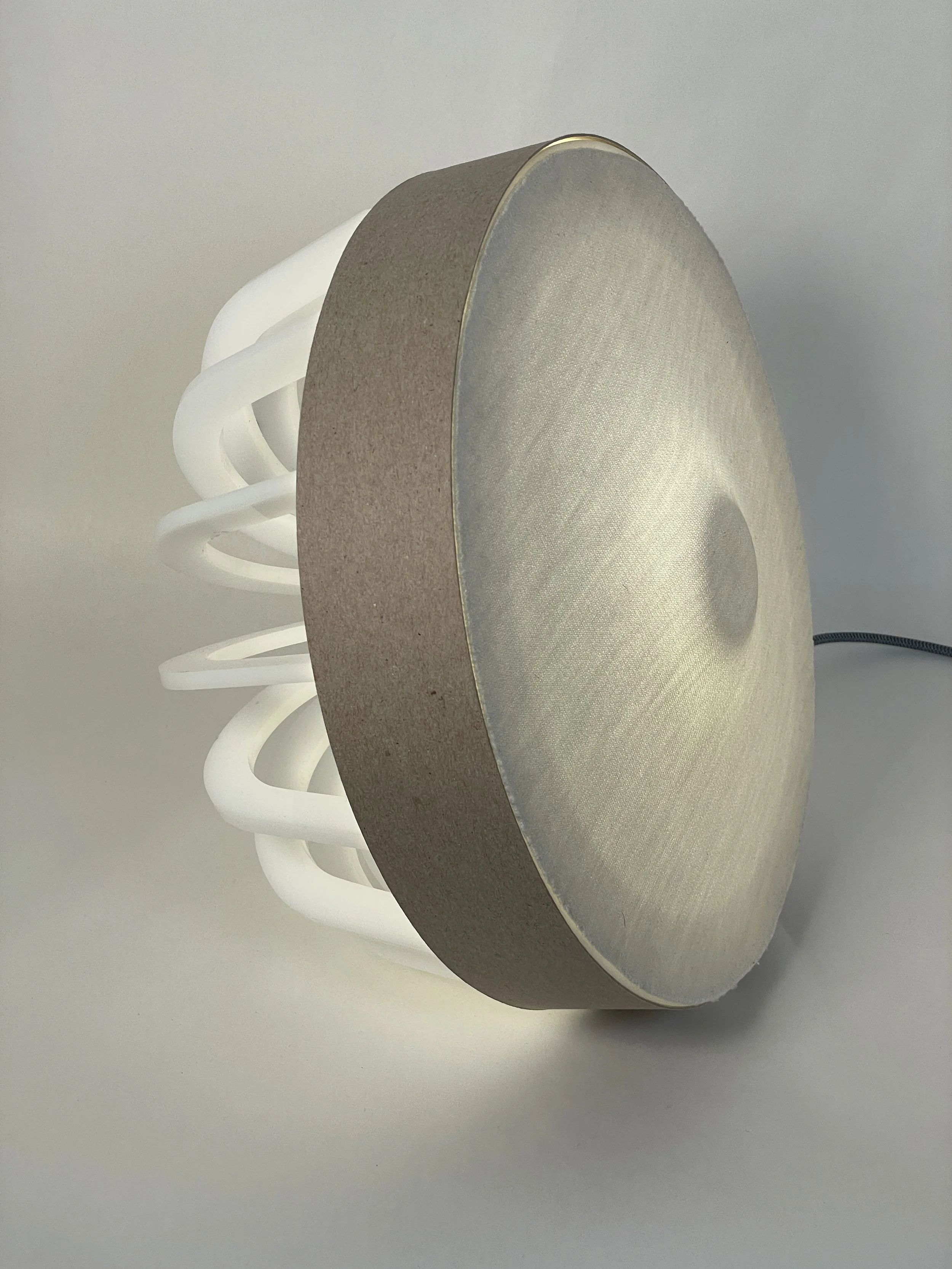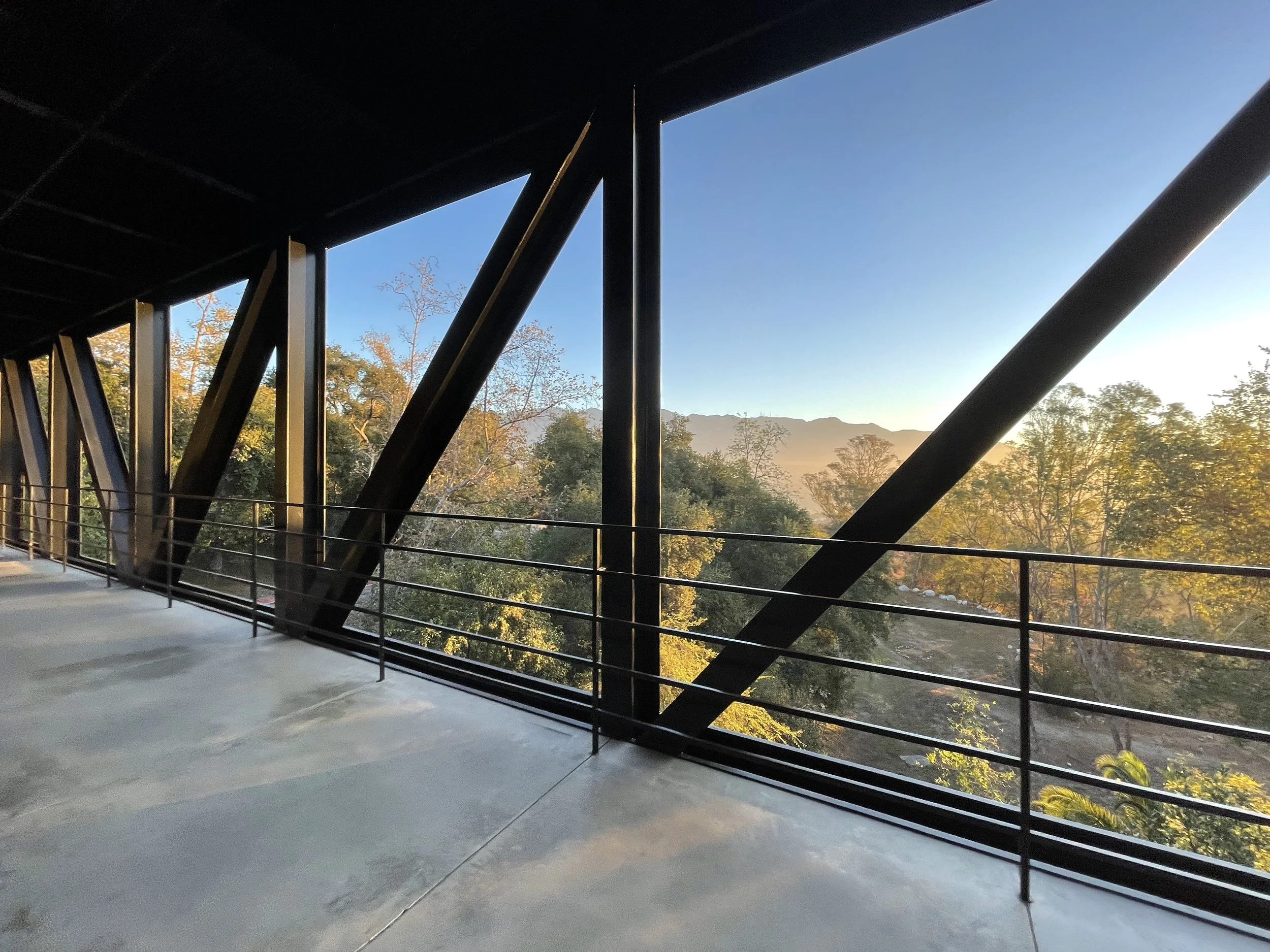Class: Product Design 3
Fall 2022
Duration: 14 Weeks
Brief: Design and prototype a lamp made of sustainable materials that flat packs down to less than two inches and can be assembled without the use of screws or adhesives.
Status: Completed
Recognition:
SIT Furniture Design Award, Art Center Gallery
The Flat Pack Lamp was my first project at Art Center and also the first time I’d designed anything outside of high school. The brief was simple, though at first, infuriating. Initial concepts I had for a more spherical design proved impractical for flat-pack. This apparent roadblock forced me to rethink my concept.
And after many mock-ups, I realized that instead of designing around the flat-pack brief, I ought to instead celebrate it. The resulting form is somewhat reminiscent of my earlier concepts, but the shape makes use of flat-pack as a key design element and not as a requirement that must simply be satisfied.
The final product was very successful and was the first time something I'd designed won an award. The purity of the design process on this project is one that I will invariably keep in mind as I continue on to more and more complex projects.
Flat pack gives the lamp its unique design and construction. The 16 arches at the rear were inspired by ancient bridges, and all support each-other.
Flat Packs to
2 inches
Self-Supporting
16 arched ribs make up the lamp's unique structure.Ecological
The lamp is constructed of chipboard, wood, cloth and acrylic.Purpose-Driven
The design celebrates the brief's restrictions rather than avoiding it.Mock it up before you screw it up.
While many prefer sketching, I've always found that physical mock-ups and prototypes are the best way to evaluate and evolve various concepts. This was the first project I did at Art Center and it was a fantastic opprotunity to develop my prototyping skills.The fundamental purpose of this project was to explore new ways to reduce emissions through ways that go beyond sustainable materials. The carbon emitted when shipping the products we buy is often more impactful than the actual production process. By flat-packing during shipping we are able to reduce emissions per-unit by a factor of 10.
Reducing Carbon Emissions at the point of delivery.
Final Model:
The final model, meant to display form and function, was made using actual production materials and precise utilized laser-cutting to make sure the prototype acted as a production unit.A first start.
This project was incredibly enjoyable and beneficial for my personal development as a designer. And it being the first I ever did, will always serve as a benchmark in my career.